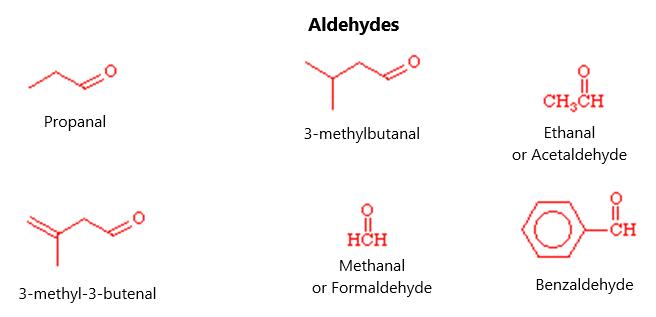Benzene’s structure fits as a stable structure when one thinks of a bond as being pairs of shared electrons. With benzene, there is one sigma bond making up a covalent bond as well as half of a pi bond between each of the two carbon atoms. Each bond has the same number of electrons and each is the same bond length. This resonance explains why benzene does not typically undergo addition reactions easily. It is basically because there are no simple pi bonds to connect to. The other aspect of resonance is that the structure tends to be more stable than the molecule without resonance. This lowering of energy, which is about a third as much as in a typical covalent bond in the case of benzene, is important in the types of reactions associated with this molecule. It means that, when benzene does react, it usually means that the benzene ring persists. According to Huckel rule, there is only automaticity when the number of pi electrons equals 4n + 2, where n = any integer at or above zero. Benzene has six pi electrons, in which n = 1. Remember that the number of pi electrons is two for every double bond. This is why cyclooctatetraene is not a stable resonance structure because there isn’t an integer that can be made into 8 using the 2n + 2 rule. The same is true of cyclobutadiene. In addition, there cannot be resonance if there is an interruption of the resonance feature. The p orbitals that make up an unbroken ring of p orbitals can be associated with atoms that are not carbon. Furan, which contains five carbon atoms and an oxygen atom in a ring, and pyrrole, which is a five-carbon ring and an NH in the ring, are both stable molecules. This resonance can also be created be for a negatively charged carbon atom.
NOMENCLATURE OF AROMATICS For all practical purposes, the term “aromatic” in organic chemistry refers to the benzene ring structure. There are other aromatic hydrocarbons, some of which involve more than one ring, which will be discussed later in this chapter. Benzene is a planar molecule consisting of hexagonal rings of sp2-hybridized carbon atoms along with the unhybridized p orbitals, which stick up perpendicular to the ring. The sigma bonds contain three electrons (two with the neighboring carbon atoms and 1 94




























































